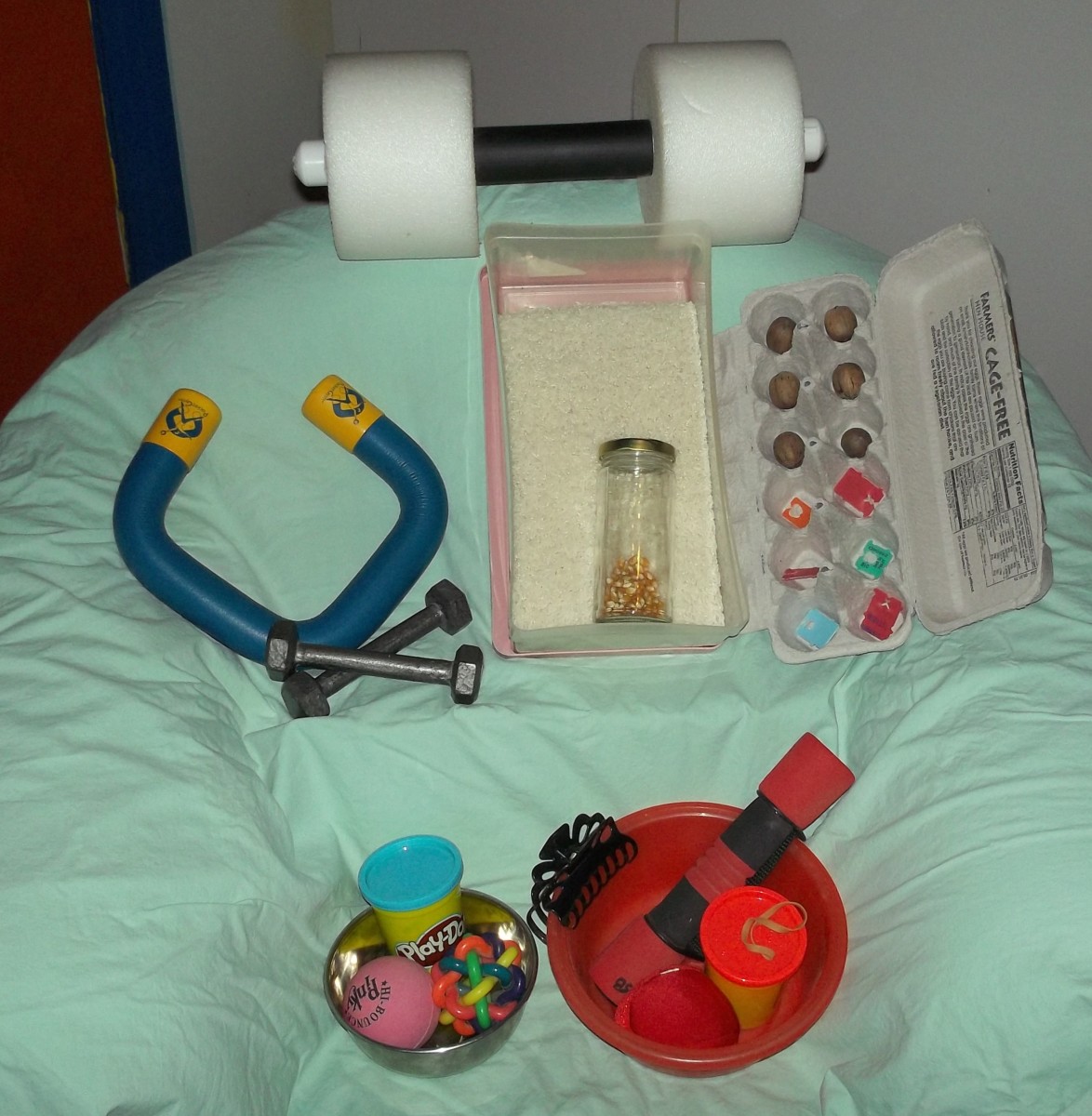Medical therapy
Reflection
As Mike progressed through therapy with an increased sense of motivation on the ninth session we deemed that it was appropriate to work on his core beliefs. This was discussed in the supervision session and I have reaffirmed that a person cantered approach allows for a different pace of therapy delivery.
As a trainee therapist I utilised the recording opportunity to reflect on my clinical practice. In preparation for treatment, I enhanced my knowledge with Beck’s model, service protocols, and evidence based literature. It has come to my attention that I am required to adapt my style to a more collaborative approach. Although Mike’s specifically comments that he ‘felt challenged in a non-threatening way which is helpful” I believe that he could have benefited from a more Socratic stance. I intend to utilise this exercise as an opportunity to hone my clinical skills and ensure that my future practice reflects this.
I believe that my supervisor’s support and the knowledge gained at the university has allowed me to confidently proceed with the session plan and deliver it in a safe manner. Although there is always room for improvement and as a qualified therapist I will continue to strive to adapt my approach to suit individual clients I feel satisfied with the client’s and my supervisor’s feedback.
The session commenced by encouraging Mike to arrive at his conclusions at his own pace. However, as the session progressed less Socratic questioning was used and a more didactic stance was applied, as the therapist was conscious of the time and mindful of other agenda items that needed to be covered. For example, while exploring three pieces of evidence related to core beliefs I could have waited longer for the client to come up with his own examples. In future practice, the therapist would manage time in a more effective manner and utilise Socratic questioning to ensure a collaborative approach is followed and the client is in charge of his own recovery.
When reviewing MDS scores, I asked the client if these were capturing his low mood and anxiety. The client agreed, however, that this should have been explored further as his subsequent reports do not indicate this.
Although it could have been beneficial to explore the reasons behind the client’s incomplete homework in more depth, I recognised that this was progress regarding Mike’s rule and assumption ‘If I miss something it’s not good enough’ and hence was not explored further but related back to his formulation.
It is important to note that although I have endeavoured to elicit as much feedback as possible by asking specific questions it would have also been useful to check on Mike’s comprehension of the subject matter by subtly eliciting more frequent feedback by exploring the new material learnt during this session. Due to time constrictions, I felt that I was unable to provide as many summaries as would have been useful in order to recap on the discussed material and enhance client’s understanding.
One of the strengths of the session was that a good therapeutic relationship was evident throughout the session, and that the client is able to express himself and ask for clarifications. In addition to that, the longitudinal formulation was frequently referred to in order to consolidate learning. A further strength was that homework setting followed naturally from the session and sufficient time was taken to explore this.
Discussion
Mike’s treatment plan complied with Beck’s (1967) model for depression. Treatment concentrated on reducing symptoms of depression by employing behavioural and cognitive strategies. This case report demonstrates that Beck’s (1967) model was appropriate to capture and treat Mike’s difficulties, as per literature review which guided treatment. This was evident in Mike’s treatment scores and his verbal reports.
As a developing therapist, I was slightly apprehensive about my competence to deliver therapy according to the protocol. This experience has increased my confidence in treating a disorder that at times can be overwhelming due to a multitude of negative thoughts expressed by a client.
Supervision has been helpful in working with and managing my doubts about therapy. An evidence based approach has allowed me to deal with constant exposure to the client’s negative thoughts with confidence. I had a good theoretical knowledge backed up with literature and research, which supported my belief in client’s recovery.
I questioned whether Mike’s accomplishments were true. Discussions about homework have allowed me to establish that he experiences were factual and the way he described his feelings and detailed the events have allowed me to understand that he was making progress. In addition to that, the client’s sense of accomplishment and his joy spoke volumes to me.
Mike was able to examine his overall activity levels through activity monitoring and identify activities that provided him with pleasure, closeness to others and achievement, and in turn contributed to the improvement in his mood. Activity scheduling allowed Mike to start addressing his treatment goals. He expanded his circle of friends, improved existing relationships and regained confidence in his appearance by establishing new hobbies and doing something for himself. He said that these activities and changing his unhelpful thinking styles improved his sleep, concentration, mood, energy levels and motivation to do things. Mike’s negative core belief of being ‘unlovable and not good enough’ was altered.
I believe that the client was ready to engage in treatment which facilitated his recovery. In hindsight, it would have been beneficial to adopt a more Socratic stance through therapy as this would have yielded more empowerment and encouraged elaborative thinking. Although Mike’s scores suggested mild levels of depression, according to research it was important to question his core beliefs in order to prevent relapse (Padesky, 1994).
In view of Mike’s presenting difficulties, it would have been useful to administer the Beck Depression Inventory (Beck et al., 1961) as this is a disorder specific measure and would capture the depth of his difficulties and subsequent recovery in a clearer way. However, this was not feasible as the service does not hold a licence for this.
In hindsight, therapy could have run at a slower pace. During future practice I will carefully plan the content of the sessions in advance. This experience has allowed me to consolidate my learning and apply new CBT techniques such as continuum work for the first time.








